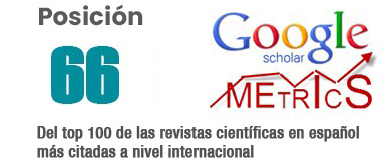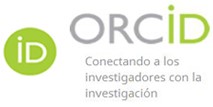Analysis of the types of divorce and the legal incidence with the children
DOI:
https://doi.org/10.62452/h0k2yj05Keywords:
Divorce, food, fixation, alimony, contention, contentious, violation, trial, lawsuit, litigiousAbstract
Contentious divorce influences the fixing of alimony in favor of children and adolescents in Ecuadorian society, it is a problem that undermines the superior right of children and adolescents. The present research work has as a general objective, the study, the causes, the occasion, the relation of food, girls, boys, girls and adolescents, in the city of Machala, during the year 2017. The historical and the empirical through the surveys. Reaching the conclusion that in the contentious divorce trial no provisional alimony is fixed in favor of the children and adolescents because the law does not have it available; For example, it is not a civil process divorce.
Downloads
References
Bernal Goméz, B. (2010). Historia del Derecho. México: Nostra.
Cabanellas, G. (2006). Diccionario Enciclopédico de Derecho Actualizado. Buenos Aires: Heliasta.
Camacho, C. (1990). Derecho Sobre la Familia y el Niño. San José de Costa Rica: EUNED.
Ecuador. Asamblea Nacional Constituyente. (2008). Constitución de la República de Ecuador.Montecristi: Asamblea Nacional Constituyente.
Ecuador. Asamblea Nacional. (2009). Código orgánico de la función judicial. Quito: Asamblea Nacional.
Ecuador. Asamblea Nacional. (2016). Código Orgánico de la Niñez y Adolescencia. Quito: Talleres de la Corporación de Estudios y Publicaciones.
Ecuador. Asamblea Nacional. (2017). Código civil. Quito: Corporación de Estudios y Publicaciones.
García, F. J. (2011). El juicio de divorcio en el Ecuador. recuperado de https://www.derechoecuador.com/el-juicio-de-divorcio-en-el-ecuador
Pettit, E. (2007). Tratado Elemental de Derecho Romano. México: Porrúa.
Downloads
Published
Issue
Section
License
Copyright (c) 2019 Estefania Cristina Vivanco Granda, Daniela Fabiola Jiménez Fadul, Libertad Machado López, Mariuxi Paola Cedeño Floril (Autor/a)

This work is licensed under a Creative Commons Attribution-NonCommercial-ShareAlike 4.0 International License.
Authors who publish in Revista Metropolitana de Ciencias Aplicadas (REMCA), agree to the following terms:
1. Copyright
Authors retain unrestricted copyright to their work. Authors grant the journal the right of first publication. To this end, they assign the journal non-exclusive exploitation rights (reproduction, distribution, public communication, and transformation). Authors may enter into additional agreements for the non-exclusive distribution of the version of the work published in the journal, provided that acknowledgment of its initial publication in this journal is given.
© The authors.
2. License
The articles are published in the journal under the Creative Commons Attribution-NonCommercial-ShareAlike 4.0 International License (CC BY-NC-SA 4.0). The terms can be found at: https://creativecommons.org/licenses/by-nc-sa/4.0/deed.en
This license allows:
- Sharing: Copying and redistributing the material in any medium or format.
- Adapting: Remixing, transforming, and building upon the material.
Under the following terms:
- Attribution: You must give appropriate credit, provide a link to the license, and indicate if any changes were made. You may do this in any reasonable manner, but not in any way that suggests the licensor endorses or sponsors your use.
- NonCommercial: You may not use the material for commercial purposes.
- ShareAlike: If you remix, transform, or build upon the material, you must distribute your creation under the same license as the original work.
There are no additional restrictions. You may not apply legal terms or technological measures that legally restrict others from doing anything the license permits.




